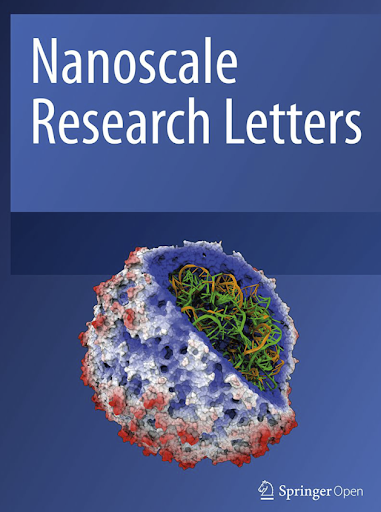Nanoparticles synthesized from green sources have attracted great recognition in the present times, which can be ascribed to their distinctive attributes and diversified applicability. Therefore, the present study employed Ocimum basilicum seed extract to synthesize silver nanoparticles. UV–vis spectrophotometry revealed strenuous peaks for different concentrations of silver nanoparticles ranging between 400 and 430 nm. The average crystal size calculated using X-ray diffraction analysis was 6.7 nm. Energy-dispersive X-ray analysis clearly displayed the presence of silver ions in the elemental structure of the synthesized nanoparticles. The morphology of synthesized nanoparticles revealed by scanning electron microscopy was documented in terms of spherical shape surrounded by an organic layer and nanoparticle size was estimated to be in between 10 and 80 nm. The nanoparticles exhibited substantial antibacterial activity against 46 foodborne bacterial isolates and 15 clinical isolates of Klebsiella pneumoniae, with the largest inhibition zones measuring 24 and 13 mm, respectively. Minimum inhibitory concentration values ranged between 500 and 800 µl/ml for various isolates. The antibacterial effect of all antibiotics revealed considerable enhancement when combined with nanoparticles. The calculated fractional inhibitory concentration index values were < 1 validating excellent synergism between nanoparticles and all antibiotics except ciprofloxacin against the majority of bacterial isolates. Interestingly, the biogenic nanoparticles showed significant antioxidant potential with IC50 value of 165 µg/ml as well as anti-inflammatory activity with an IC50 value of 82 µg/ml. Conclusively, the seed extract of Ocimum basilicum can be prospected for the development of antibacterial silver nanoparticles against pathogenic bacteria.


